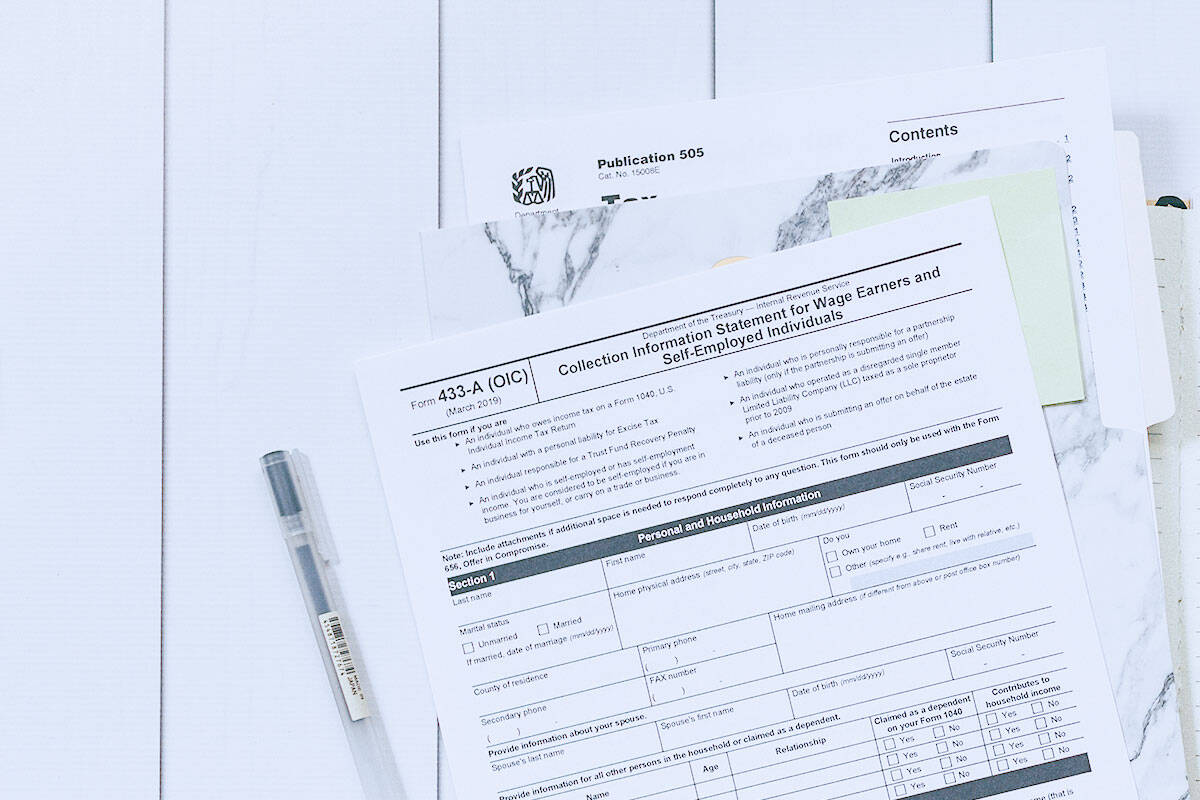If you fail to estimate your federal income tax withholding properly, it may cost you in various ways. If you receive an income tax refund, it essentially means that you provided the IRS with an interest-free loan during the year. By comparison, if you owe taxes when you file your return, you may have to scramble for cash at tax time–and possibly owe interest and penalties to the IRS as well.
When determining the correct withholding amount for your salary or wages, your objective should be to have just enough taxes withheld to prevent you from incurring penalties when your tax return is due. (You may owe some money at the time you file your return, but it shouldn’t be much.) You can accomplish this by reading and understanding IRS Publication 505, properly completing Form W-4 (and accompanying worksheets), and providing an updated Form W-4 to your employer when your circumstances change significantly.
Form W-4 helps you determine the proper withholding amount
Two factors determine the amount of income tax your employer withholds from your regular pay: the amount you earn and the information you provide on Form W-4. This form asks you for three pieces of information:
- The number of withholding allowances you want to claim: You can claim up to the maximum number you’re entitled to, claim less than you’re entitled to, or claim zero.
- Whether you want taxes to be withheld at the single or married rate: The married status, which is associated with a lower withholding rate, should generally be selected only by those taxpayers who are married and file a joint return. Other people (including those who are married and file separately) should generally have taxes withheld at the higher, single rate.
- The additional amount (if any) you want to be withheld from your paycheck: This is optional; you can specify any additional amount of money you want to be withheld.
When both spouses work and have taxes withheld at the married rate, they sometimes end up with insufficient taxes withheld. If this happens to you, remember that you can always choose to withhold at a single rate. Also, you can determine the proper withholding amount by completing Form W-4’s two-earner/two-job worksheet.
Complete the worksheets to claim the correct number of allowances
To understand Form W-4, you must understand allowances. Think of allowances as cash in your pocket at the time that you receive your paycheck. The more allowances you claim, the fewer taxes are taken from your paycheck (and the more cash ends up in your pocket on payday). For example, you can maximize the amount withheld from your paycheck to ensure that you have enough tax withheld to cover your tax liability by claiming zero allowances. This will reduce the amount of cash you take home in your paycheck. The following factors determine your number of allowances:
- The number of personal and dependency exemptions that you claim on your federal income tax return
- The number of jobs that you work
- The deductions, adjustments to income, and credits that you expect to take during the year
- Your filing status
- Whether your spouse works
To claim the correct number of allowances, you should complete Form W-4’s worksheets. These include a personal allowances worksheet, deductions and adjustments worksheet, and a two-earner/two-job worksheet. IRS Publication 505 (Tax Withholding and Estimated Tax) explains these worksheets.
Check your withholding
To avoid surprises at tax time, it’s a good idea to check your withholding periodically. If you accurately complete all Form W-4 worksheets and don’t have significant nonwage income (e.g., interest and dividends), it’s likely that your employer will withhold an amount close to the tax you’ll owe on your return. But in the following cases, accurate completion of the Form W-4 worksheets alone won’t guarantee that you’ll have the correct amount of tax withheld:
- When you’re married, and both spouses work, or if either of you starts or stop working
- When you or your spouse are working more than one job
- When you have significant nonwage income, such as interest, dividends, alimony, unemployment compensation, or self-employment income, or the number of your nonwage income changes
- When you’ll owe other taxes on your return, such as self-employment tax or household employment tax
- When you have a lifestyle change (e.g., marriage, divorce, birth or adoption of a child, new home, retirement) that affects the tax deductions or credits, you may claim
- When there are tax law changes that affect the amount of tax, you’ll owe
In these cases, IRS Publication 505 can help you compare the total tax that you’ll withhold for the year with the tax that you expect to owe on your return. It can also help you determine any additional amount you may need to withhold from each paycheck to avoid taxes when you file your return. Alternatively, it may help you identify if you’re having too much tax withheld. If you find that you need to make changes to your withholding, you can do so at any time simply by submitting a new Form W-4 to your employer.



